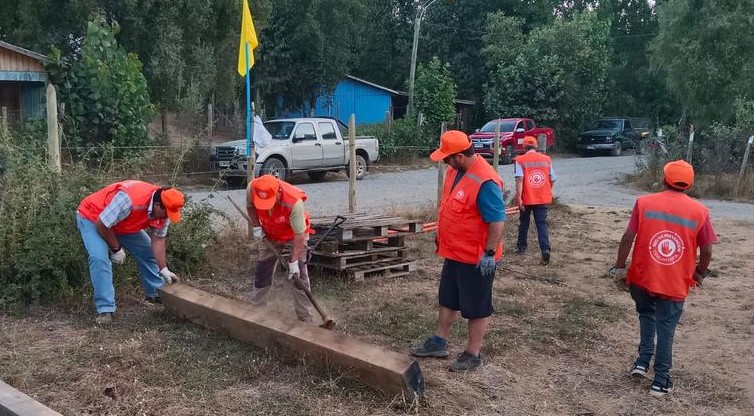National Forestry Service: What the Bill Seeking to Transform Conaf Entails
The initiative is currently in its second review in Senate committees, with discussions resuming in March of this year. The Agriculture, Environment, and now Finance committees are reviewing its purpose and functions.
The creation of the National Forestry Service (Sernafor) aims to transform the current National Forestry Corporation (Conaf) into a new institution that balances conservation and productive development.
The bill is in its second review in Senate committees, and discussions resumed in March of this year, where the Agriculture, Environment, and now Finance committees are examining the objectives and functions of Sernafor.
During the launch of the 2023–2024 National Wildfire Prevention, Mitigation, and Combat Plan on September 28 of last year, President Gabriel Boric announced the bill creating Sernafor would be fast-tracked.
What is Sernafor?
According to the bill introduced in April 2017, the National Forestry Service’s purpose will be "the conservation, protection, management, and sustainable use of the country’s vegetational formations and their associated natural components."
To achieve this, Sernafor will carry out four key actions:
Promote the sustainable use, management, development, protection, and conservation of vegetational resources.
Support economic ventures aimed at producing goods and services based on vegetational formations.
Ensure protection against wildfires.
Ensure its objectives are met equitably and inclusively across the service’s territories and areas of action.
Additionally, it is specified that the entity may "exercise functions related to implementing policies, plans, programs, and actions aimed at the creation, conservation, restoration, protection, development, and sustainable use of the country’s vegetational formations."
It will also execute policies and programs for wildfire prevention and protection in vegetational formations and urban-forest interface zones.
Furthermore, in a technical advisory report by agronomist Paco González Ulibarry comparing Conaf and Sernafor’s functions, some conceptual shifts become evident.
Key differences between the two entities include Sernafor’s immediate access to any water source during wildfires, its role in drafting regional wildfire prevention and protection plans, enforcing legal compliance, ensuring sustainability in the forestry-agricultural sector, and filing complaints against service personnel.
Source:La Tercera

















